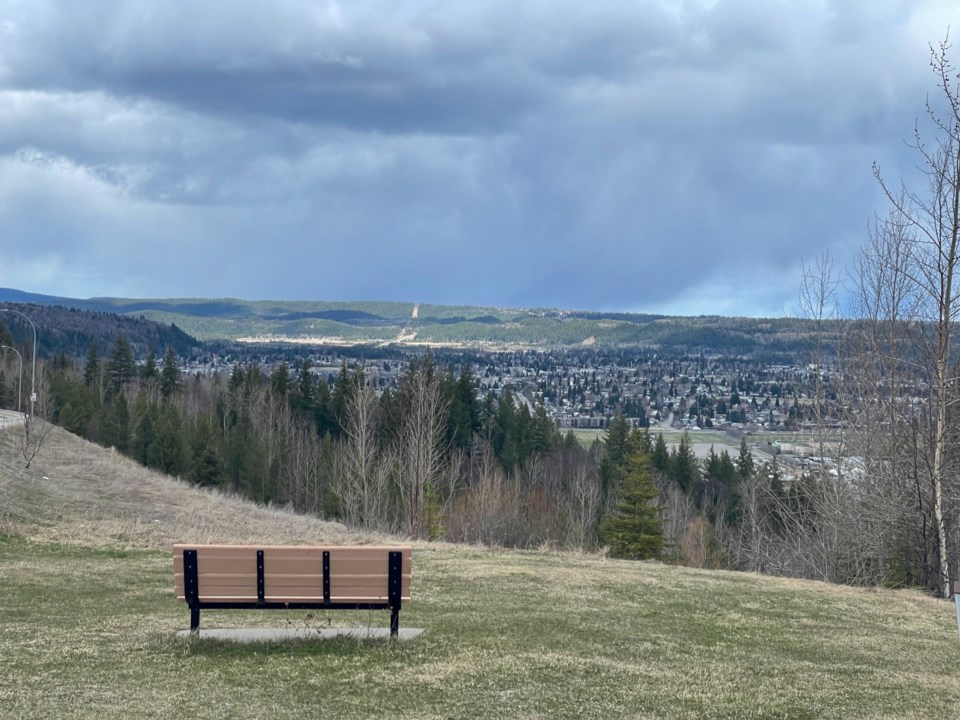One of the advantages of working “up the hill” is the spectacular view of Prince George and its surroundings from my office window.
Miles of rolling green forest stretch east into the MacGregors — and on a very clear day, you can see a couple of peaks in the Rockies. In winter, the vista turns white and can be even more breathtaking under a clear blue sky.
I consider myself lucky to have such a view. But every now and then, when I hear of forest fires raging across the province or beyond, I can’t help but feel a little nervous and thankful that we haven’t experienced such devastation.
We’re nestled in a forest, surrounded by trees with thick undergrowth and mature stands. Even within city limits, trees are abundant. In fact, there are parts of Prince George that, viewed from UNBC, appear completely untouched, as if no one lives there at all.
So far, we’ve been lucky: no major conflagrations, no serious burns. Our local fire department has managed to contain fires within the city. And our forests, for now, don’t seem particularly prone to going up in flames.
With the wet summer we’ve had this year, it’s possible we’re “safe” for the time being. Even a lightning strike might struggle to spark a fire.
But not all our summers will be this wet. Drought conditions west of Prince George have already sparked wildfires. The dry prairies seem to have burned all summer — which begs the question: when will it be our turn?
Perhaps more importantly, what will we do when it is? Can anything be done to prevent Prince George from burning?
Driving to work along Tyner Boulevard, I see a new development being built into the forest on Cranbrook Hill. Building right up against the trees may not be the best idea. Yes, we need more housing — but this close to the forest?
British Columbia spends billions of dollars — some $6 billion over the past five years — fighting fires. Insurance companies spend billions more dealing with the losses. People lose valuable possessions, and sometimes much more.
So what do we spend on fire prevention? About $25 million a year. A fraction of the cost of fighting the fires themselves.
Perhaps we’ve got the equation backwards. Maybe we should be spending billions on preventing fires and on fireproofing our cities so that even if the surrounding forest burns, our communities stay safe.
One option could be building a firebreak around the city. Expensive and likely unworkable; it would involve land acquisition and clearing on a massive scale.
Or we could bring in herds of goats to clear low-lying vegetation, reducing fire risk. Another idea: an emergency water system to supplement the town’s hydrants, capable of misting the city and dampening flames. Likely impractical as well.
But that doesn’t mean we shouldn’t be thinking about options. Who would have thought Kelowna, Jasper, or Lytton could be so vulnerable?
Maybe a little prevention really is better than the cure.
Todd Whitcombe is a professor of chemistry at UNBC.



